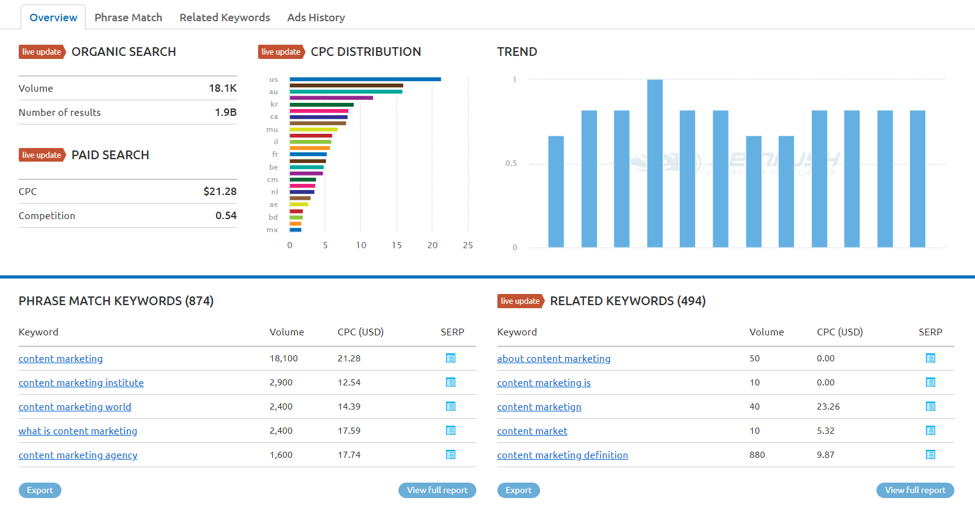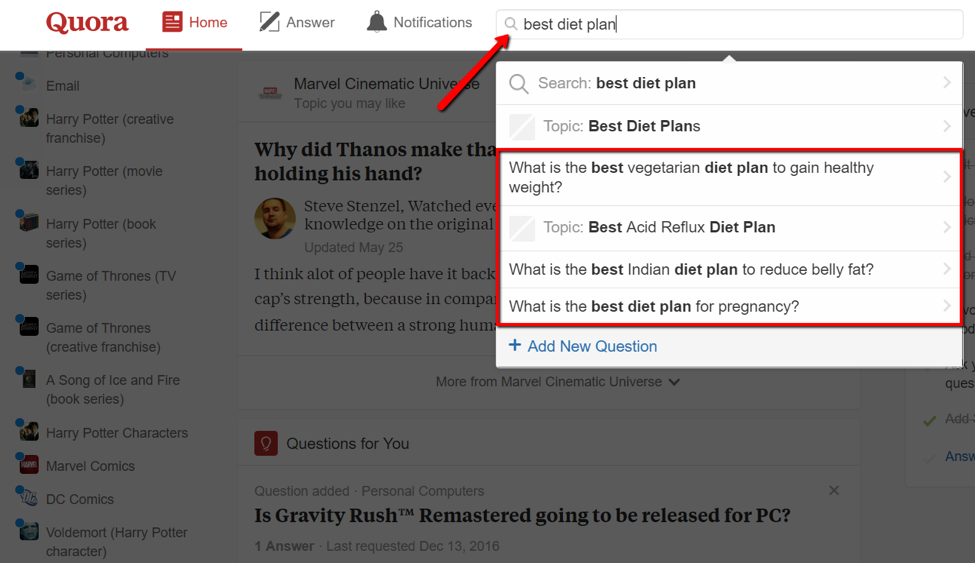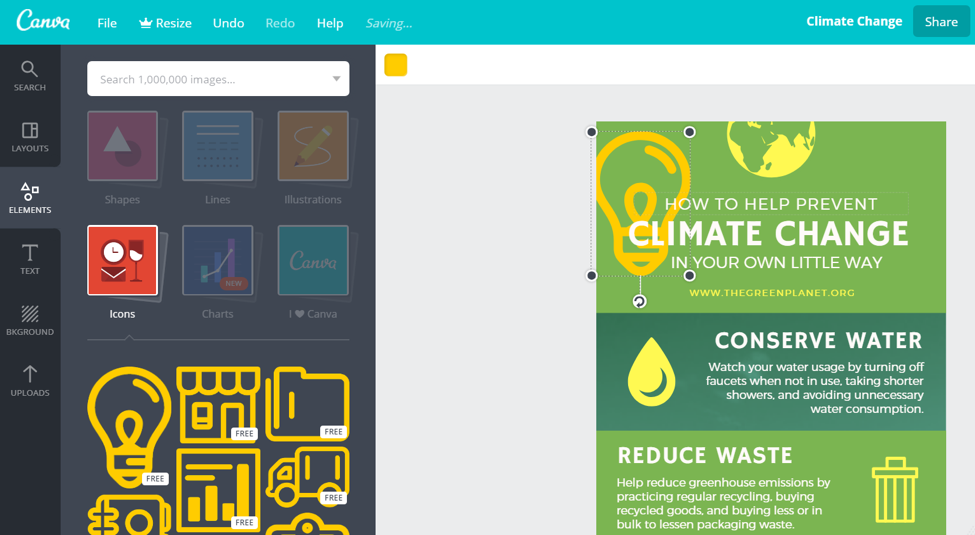
4 DIY Strategies To Help Your Website Generate More Traffic Quickly
Help People Discover Your Site With These Tips
 Your new website finally went live. Congratulations!
Your new website finally went live. Congratulations!
After spending countless days and sleepless nights building your site from scratch, you’re finally ready to open the doors and let people in. But there’s just one problem:
You have no idea where to start when it comes to generating traffic.
In your search, you decided to check out our blog and, with a stroke of luck, stumbled upon this particular post.
We know how important traffic will be for your website’s success, so here are four strategies that will help you generate high-quality traffic:
1. Begin With Keyword Research
Before you proceed with traffic generation plans that involve content, you must first conduct keyword research to make sure you’ll pull in the right crowd.
Remember, keywords determine who gets to see your content. It doesn’t matter if you create a blog, launch a PPC ad campaign or perform SEO — if you target the wrong keywords, you’ll end up generating traffic you can’t convert into customers.
With a tool like SEMrush, you can quickly gather hundreds of lucrative keyword suggestions to target for your traffic generation. It also provides a wealth of data that can help you determine the viability of a keyword for your brand, like the keyword’s monthly search volume, CPC distribution and more.

You can also utilize the tool to gain insights into your competitors’ keyword strategy. This will allow you to quickly grasp which keyword targets work and which don’t in your niche.
When selecting keyword ideas, it’s best to determine a balance of relevant short-tail and long-tail keywords.
In simple terms, a keyword is called “long tail” if it contains three or more terms. They’re usually easier to monetize than broad keywords because they target a smaller audience and reflect the way users perform searches online.
Some long-tail keywords also contain commercial terms, such as “hire,” “sale” or “services.” These are reflective of purchase intent, meaning they are used by people who are more likely to turn into leads, paying customers or brand followers.
Short-tail keywords, on the other hand, make you more visible to a significantly broader audience. However, they are costlier and more competitive than more specific, long-tail keywords.
2. Answer Q&A Posts
Now that you have a batch of target keywords to power your content strategy, it’s time to put them to work.
Developing keyword-optimized content for your own website should be a no-brainer. You just need to remember to thread the keywords naturally while targeting key elements, such as the page title, main content body, image alt text and meta description.
However, when it comes to promoting your content, you need to be a little more creative. Q&A websites such as Quora, for example, will enable you to position your content right in front of people who need them.
Just like the AdWords Keyword Planner, using Quora means you have to enter keywords, which will be used to come up with questions that you can answer with your content.

Next comes the crucial part — writing an answer with the genuine desire to help while also leaving a link to your content “just in case” readers want to see more.
For instance, here’s a typical answer from a user who seems to do so for the sole reason of being helpful:
As you can see, his answer is pretty simple and packed with plenty of useful information. This approach allows him to get readers’ attention and win their vote of confidence.
Once the reader is firmly engaged in what they’re reading, they will be presented with a link (or links) to an outside piece of material.
Apart from Q&A websites, you can also use the method above on forums and other community sites like Medium. What’s key is that you supplement your link with a generous amount of valuable information to prevent being perceived as too promotional.
3. Share Visual Content On Social Media
Another way to quickly bring in readers is to design visual content around your existing post and share it on social media.
Studies show the use of visual content leads to three times more social media shares, 46% more conversions and 80% better information retention.
Sure, you probably already include featured images in your blog posts to increase engagement. But if you really want your brand to stand out, you need to explore other options, such as videos, animations and infographics.
For the latter, a simple tool like Canva can get you a long way even on a tight budget. It features a drag-and-drop interface that allows you to create professional-looking infographics within minutes.

Videos and short animations, on the other hand, are achievable with platforms like Vidyard. You can easily generate a splash screen, import your video from YouTube or upload your video directly to the platform within a few clicks.
Vidyard also makes it possible to organize and manage your brand’s entire video library in one place. It features advanced analytics that will help you track how often your videos are played, where viewers are and how users interact with them.
4. Improve Your Website’s Performance
If you plan to have hundreds (if not thousands) of users on your website, then the least you can do is make sure everything runs smoothly.
First, implement lossless compression on your images to reduce their file size without any perceivable degradation in quality.
A tool like Compressor.io is perfect for this objective. Simply upload your image, wait for the compression process to complete and then download the optimized file.
A similar principle can be applied when optimizing your website’s custom codes.
To make them load faster, you need to compress or minify them to remove excess characters, such as comments and white spaces that are meant for human readability.
For this, you can use MinifyCode.com, which automatically does the grunt work of eliminating all unnecessary characters in your codes — be it for JavaScript, HTML or CSS.
Finally, websites that target an international audience can use a CDN to improve performance and stability. CDN stands for content delivery network. It is essentially a group of globally-distributed servers that store cached website data.
Whenever users try to access a site, the nearest proxy server is assigned to deliver content to that particular visitor, reducing latency and enabling your site to cater to more traffic at once.
Remember, 40% of online users will abandon a website without hesitation if it takes more than three seconds to load. That means even if you manage to get 1,000 visitors to your website, around 400 would leave before you have the chance to present your content.
Although using image compression, minifying code and implementing a CDN should help improve website performance, you can use dozens of other strategies to guarantee a smooth browsing experience for your visitors. Identify which tactics would have the biggest impact on your website by using performance analysis tools like GTmetrix and Google PageSpeed Insights.
Strategies that generate website traffic aren’t meant to be easy. They’re definitely not designed to work overnight, either. But with the tips above, it’s only a matter of time before you start to see users pouring into your site — hopefully converting into subscribers or paying customers.

CEO and Chief Revenue Scientist
Mike Lieberman, CEO and Chief Revenue Scientist
Eliminate Hit-or-Miss Marketing Moves
Get advice, tips, tools and guidance to generate more leads for your company in this weekly email newsletter.



Eliminate Hit-or-Miss Marketing Moves
Get advice, tips, tools and guidance to generate more leads for your company in this weekly email newsletter.













